Palm Tree Dropping Fronds: Can You Save A Palm Tree Without Fronds
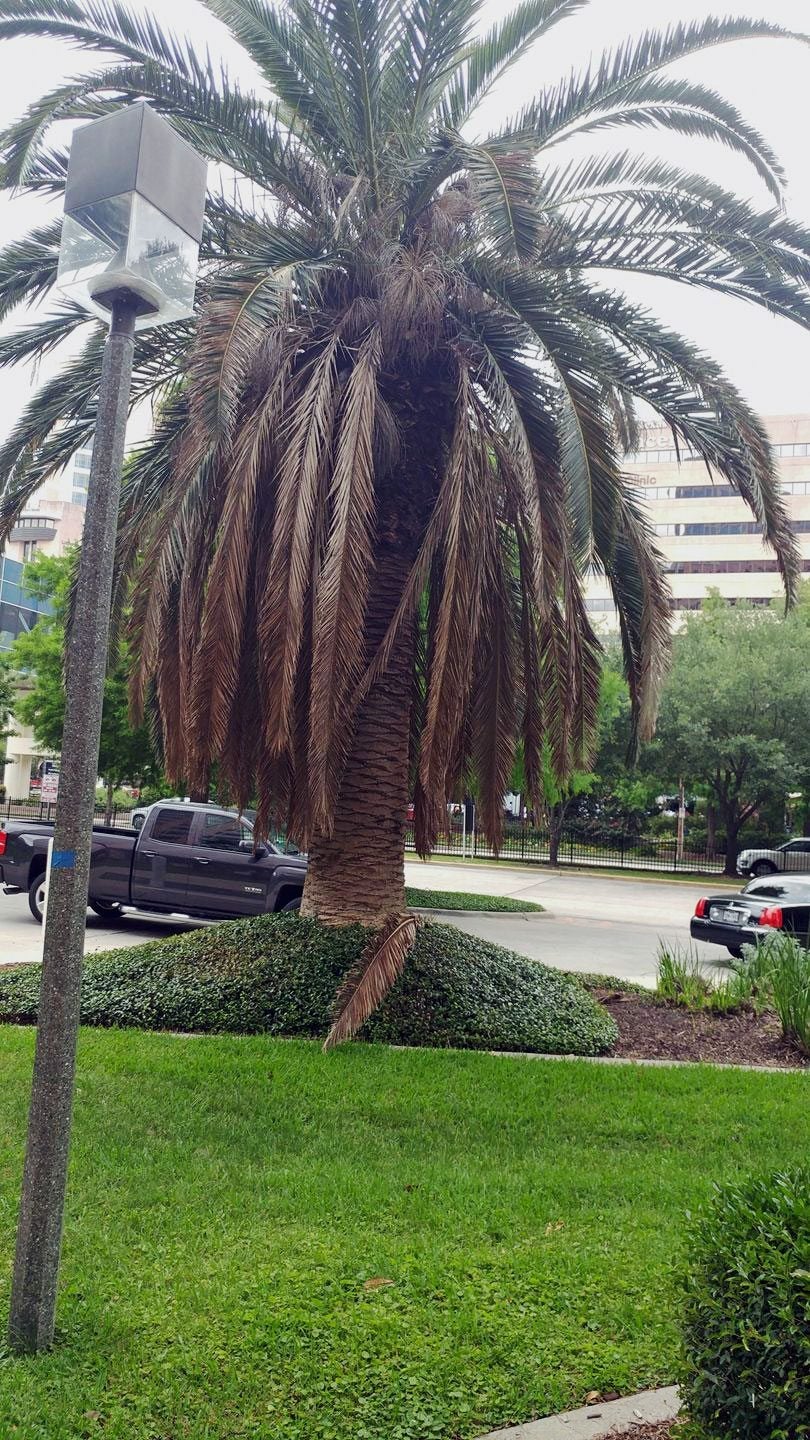

Palm trees are quite hardy in their native ranges, but problems can arise when these transplants are sited in regions that aren't specifically adapted to their needs. Palms that live in areas with violent storms, cold snaps, and even excessively wet winters can be prey to leaf loss. There are innumerable reasons for palm tree fronds falling off, from natural "cleaning" to damaging cultivation, disease, and pest issues. If there are no fronds on a palm tree, the plant may be in real trouble, but it is possible to still save it.
Can You Save a Palm Tree Without Fronds?
Palms are notable for their air of tropical elegance and make us think of warm trade winds and sandy beaches. In areas with hurricanes, it is common to find sickly looking trees which require special care to resurrect. Reviving dying palm trees may take expert assistance depending upon the level of damage sustained by the plant. In cases where just some of the foliage has been killed, a palm has a good chance of thriving after a good rest and some excellent care. First, you should discover why you have palm tree fronds falling off and nip the cause in the bud.
Self-Cleaning Palms
Many palms, such as Washington palms, naturally replace their leaves. The Washington palm forms a skirt with its old leaves while others, such as Foxtail palms, will dispose of dead leaves. If you have a self-cleaning plant, it will naturally replace old fronds with new ones. The large, old leaves littering the ground may worry you, but it is a natural process, and as long as the tree has a full crown of foliage, nothing to stress about. Every species of palm has a certain number of fronds it will produce in maturity. As new fronds form, old ones fall off. The balance of the perfect number of fronds is essential to the plant's appearance and health. A palm tree dropping fronds and not replacing them could be a sign of a problem.
Storm Damage, Cold Injuries, Pests, and Disease
Not all palms are tropical. Some are suited for desert settings, while others have remarkable cold tolerance. If you find palm tree fronds falling off after a heavy weather event, it is likely due to the fact that you do not have a hardy palm tree. Cold injured plants can lose all their leaves. Additionally, wild winds (such as those in a hurricane) can tatter, shred, and kill palm leaves. It is a good idea in hurricane prone areas to leave the old skirt of dead leaves to protect the trunk and crown of the plant. Pests can cause damage to fronds. Scale insects are a classic problem. Their sucking feeding activity reduces the tree’s sap and can diminish health. A palm tree dropping fronds is the result of heavy infestations. Diseases, such as root rot, affect the entire tree’s health with leaf loss the number one symptom. It is best to call in a professional if a disease is suspected.
Reviving Dying Palm Trees
With winter injured trees, wait until the weather warms before removing dead leaves. These will help protect the tree during the remaining cold months. As long as new leaves start to form after winter, the plant can survive but will need to be watched for any additional stresses. When no fronds on palm trees are forming, start to get concerned. Without leaves, the plant cannot gather solar energy to turn into carbohydrates for fuel. Be judicious about your pruning. Most palms don't need severe pruning and removing leaves for the sake of beauty can actually be the cruelest cut of all regarding plant vitality. Use a good palm fertilizer in spring and give the tree deep, infrequent watering to enhance its health. One thing to note about damaged palms – if the core of the plant is mushy or heavily damaged, the plant is probably on its way out. Be patient with any foliar loss. Over time the plant may regain its health and grow a new crown of foliage.
Gardening tips, videos, info and more delivered right to your inbox!
Sign up for the Gardening Know How newsletter today and receive a free copy of our e-book "How to Grow Delicious Tomatoes".

Bonnie Grant is a professional landscaper with a Certification in Urban Gardening. She has been gardening and writing for 15 years. A former professional chef, she has a passion for edible landscaping.
-
 Looking For Plants To Give You The Soft And Fuzzies? Try These 5 Fuzzy Leaf Plant Options
Looking For Plants To Give You The Soft And Fuzzies? Try These 5 Fuzzy Leaf Plant OptionsLovers of texture, drama, silver foliage and tactile plants will adore these special sensory garden additions. These fuzzy leaf plant options will leave you all aglow
By Susan Albert
-
 Get Ready For A Summer Of Hummers! Grow These Full Sun Hummingbird Plants and Flowers
Get Ready For A Summer Of Hummers! Grow These Full Sun Hummingbird Plants and FlowersIf you’re lucky enough to enjoy a sunny backyard, make sure you are maxing out on your pollinator opportunities and grow these full sun hummingbird plants and flowers
By Tonya Barnett
-
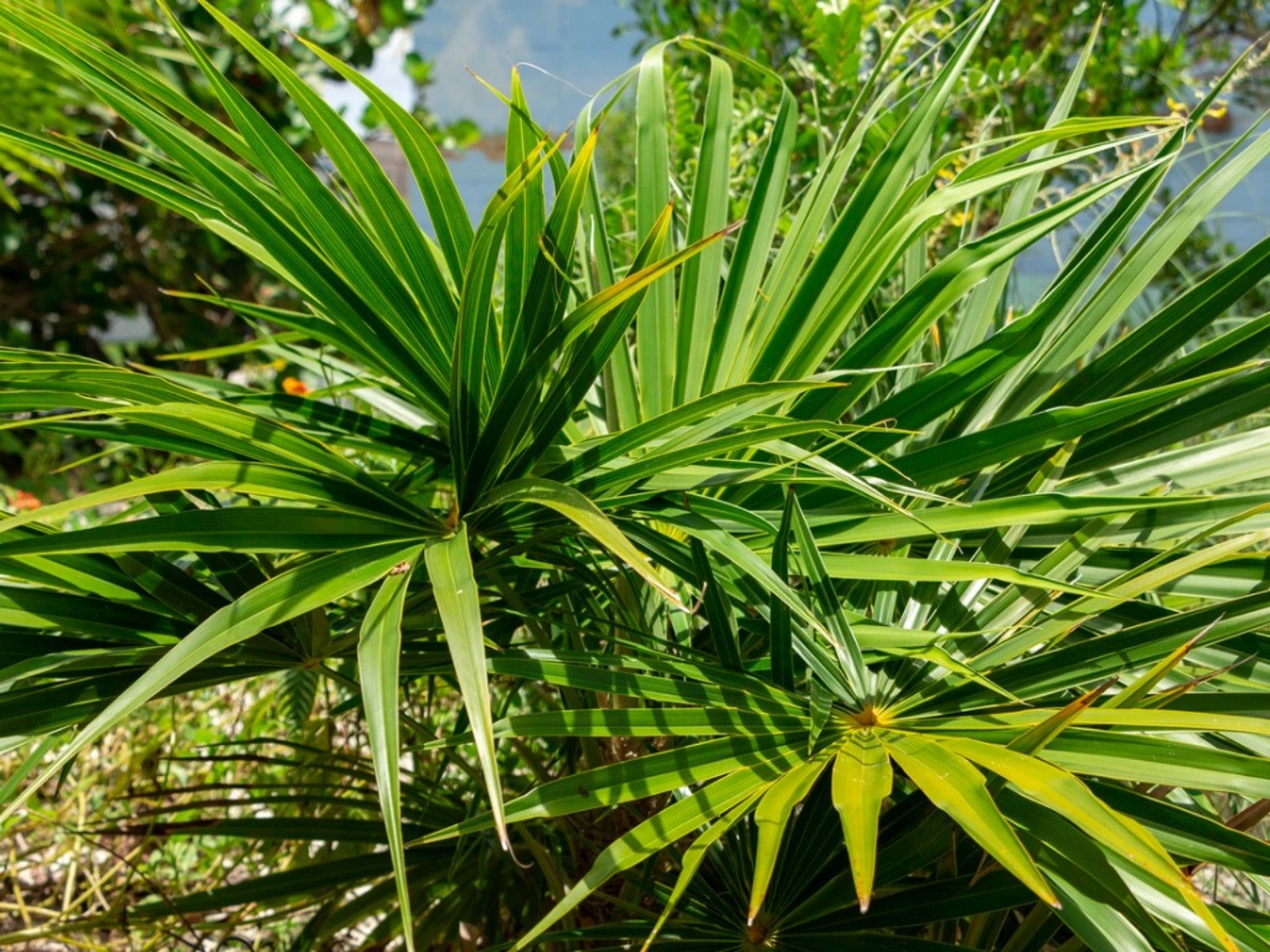 Florida Thatch Palm Facts – How To Grow Florida Thatch Palm Trees
Florida Thatch Palm Facts – How To Grow Florida Thatch Palm TreesGrowing Florida thatch palms is not difficult in the right climate. If these trees interest you, read on for more Florida thatch palm facts.
By Teo Spengler
-
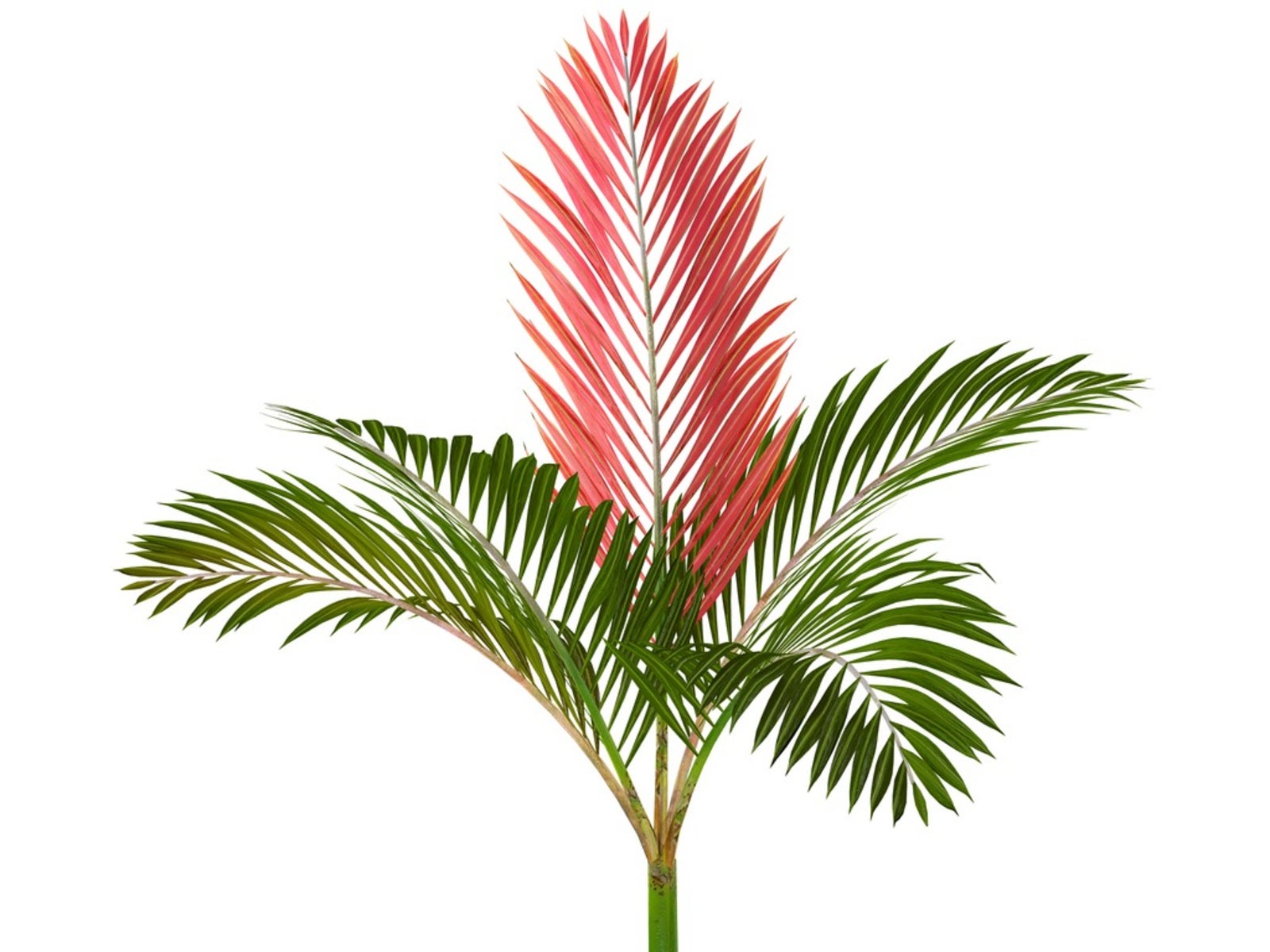 Red Leaf Palm Information – Learn About Growing Flame Thrower Palms
Red Leaf Palm Information – Learn About Growing Flame Thrower PalmsRed leaf palms are exotic and beautiful trees with leaves that grow in scarlet. If you’re thinking of growing these trees, click here for more information on red leaf palm care.
By Teo Spengler
-
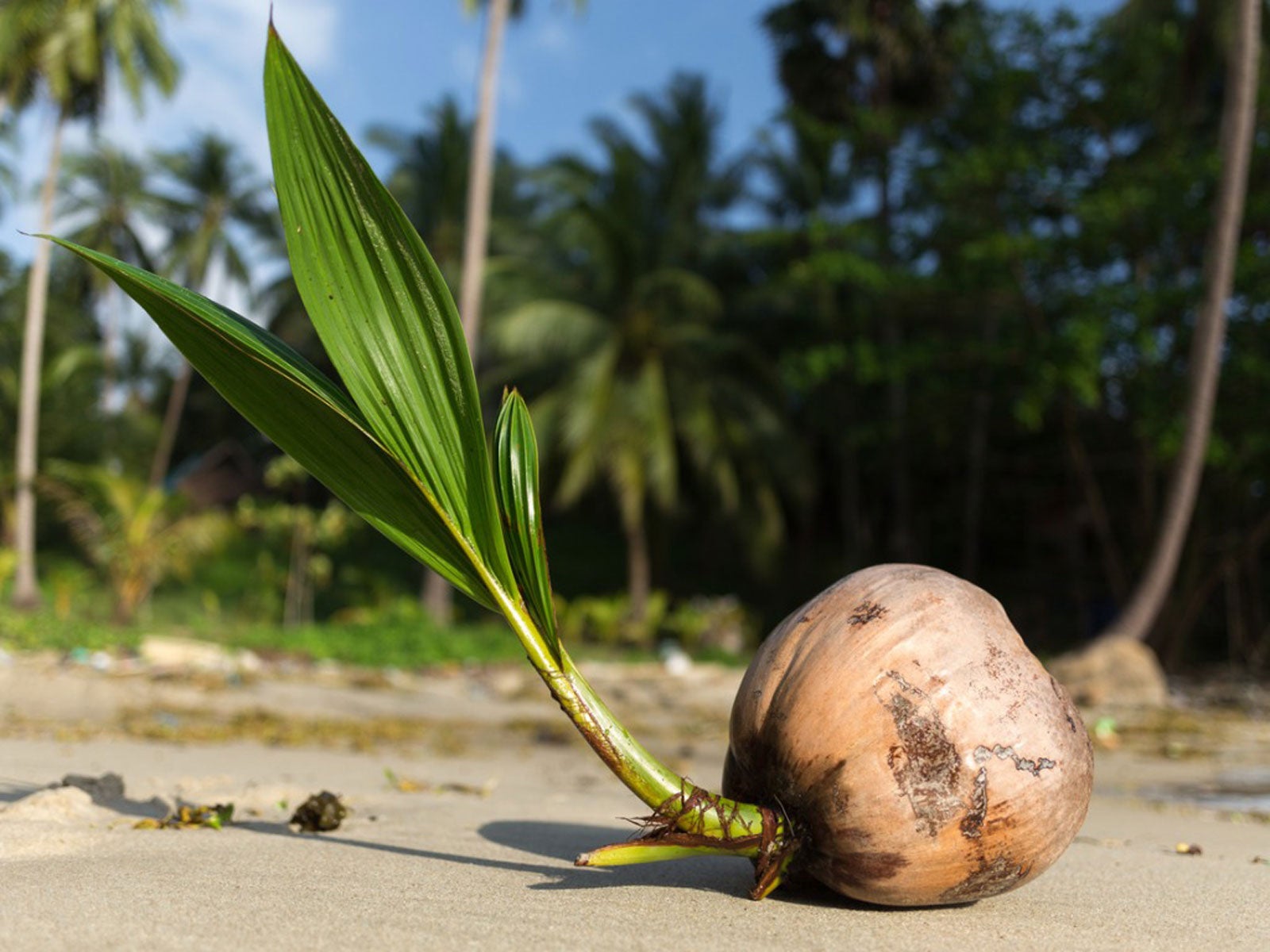 Palm Tree Seed Germination: What Does A Palm Tree Seed Look Like
Palm Tree Seed Germination: What Does A Palm Tree Seed Look LikePalm tree seed germination is not a matter of weeks but months or even years. Click here for more information on growing palms from seed.
By Teo Spengler
-
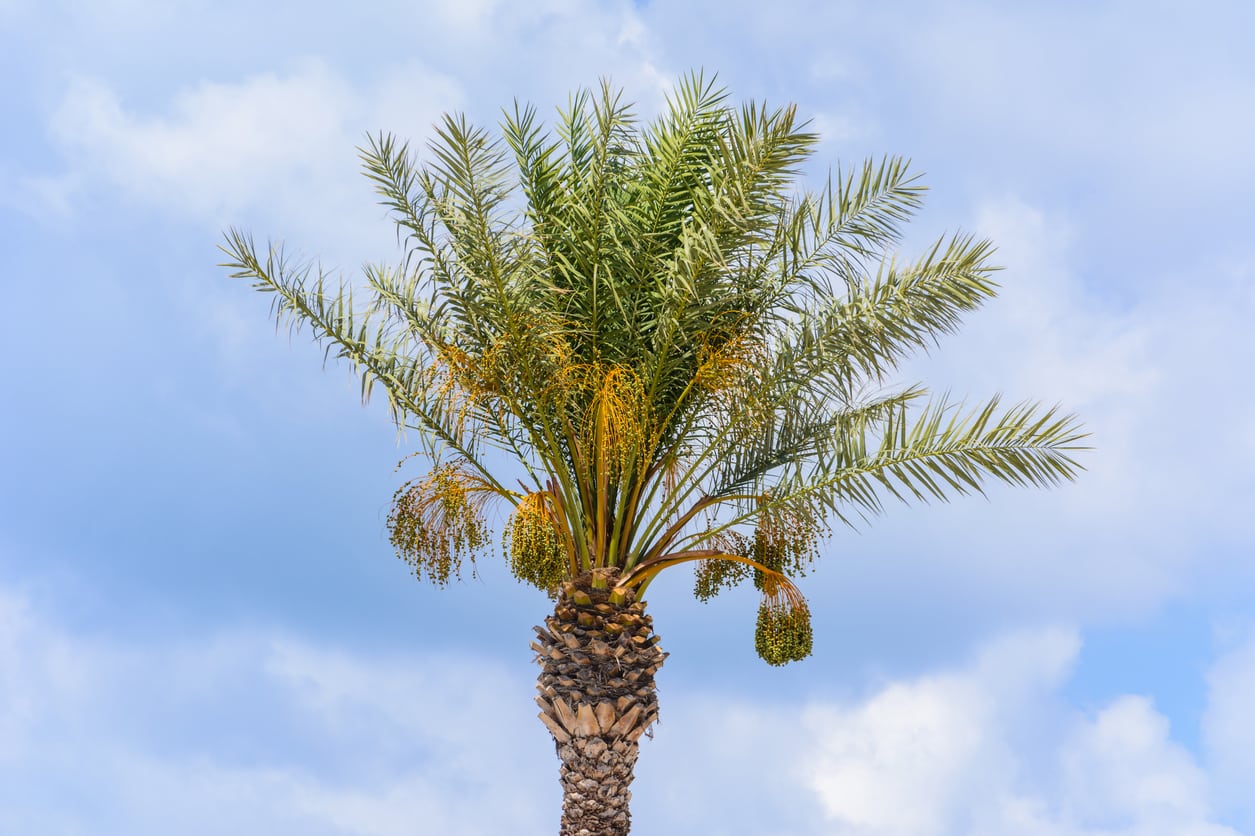 Feeding A Palm Tree: Learn How To Fertilize Palms
Feeding A Palm Tree: Learn How To Fertilize PalmsPalm trees are planted as specimen plants for their exotic, tropical look. However, palm trees have high nutritional demands and the calciferous, sandy soil they’re normally grown in cannot always accommodate these needs. Click here to read more about fertilizing palm trees.
By Darcy Larum
-
Pink Rot On Palms: Tips For Treating Palms With Pink Rot Fungus
Pink rot fungus is a palm tree disease that infects damaged or weakened palms. Like many fungi, it is easier to prevent than it is to treat. Here are some tips on dealing with pink rot on palms. Click this article to learn more.
By Jackie Carroll
-
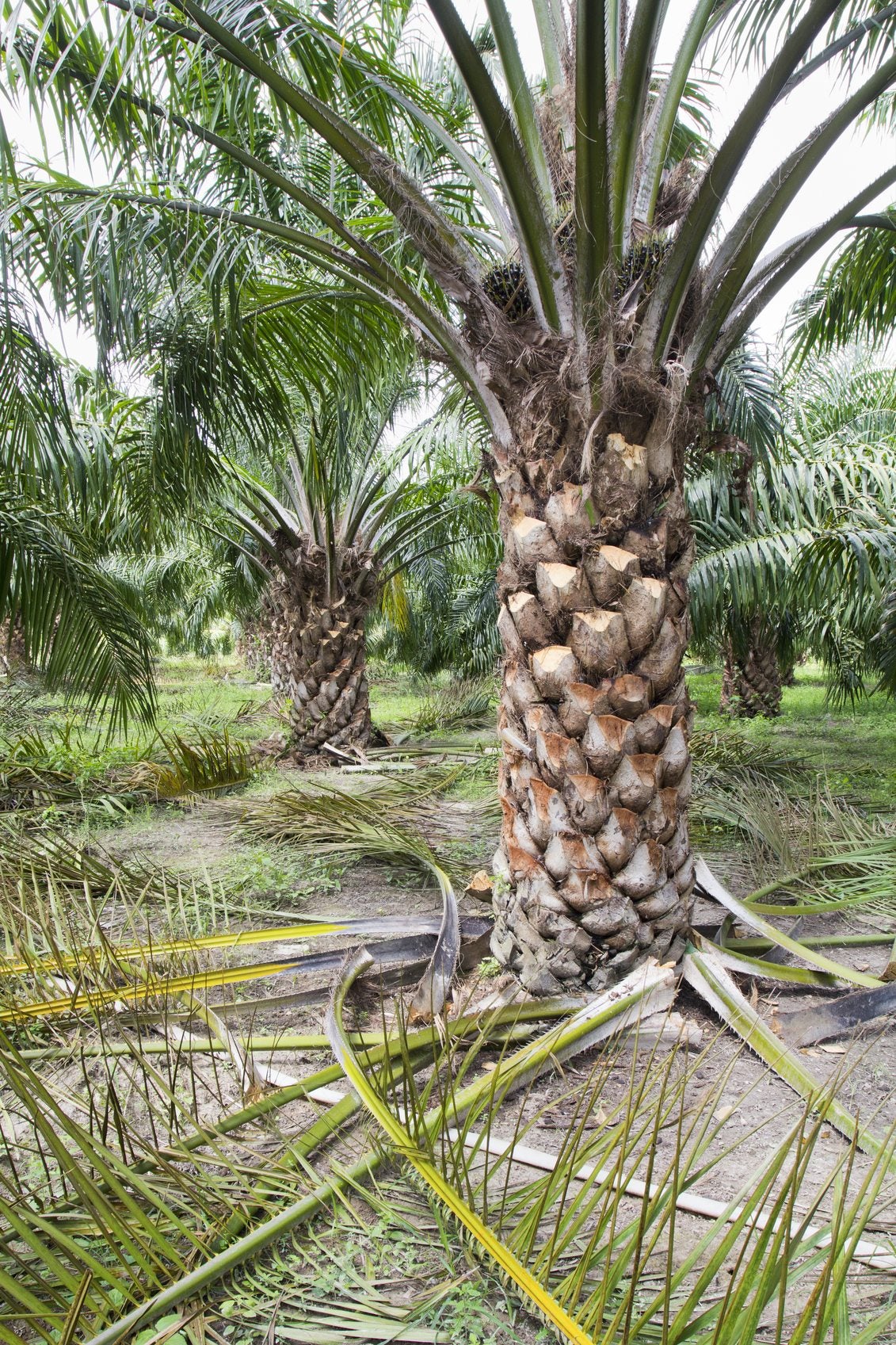 Pruning Palm Plants: Tips On Cutting Back A Palm Tree
Pruning Palm Plants: Tips On Cutting Back A Palm TreeCutting back a palm tree will not make it grow faster. This myth has caused gardeners to do extensive palm tree pruning that doesn't help and can hurt the tree. If you want to know how and when to prune a palm tree, this article will help.
By Teo Spengler
-
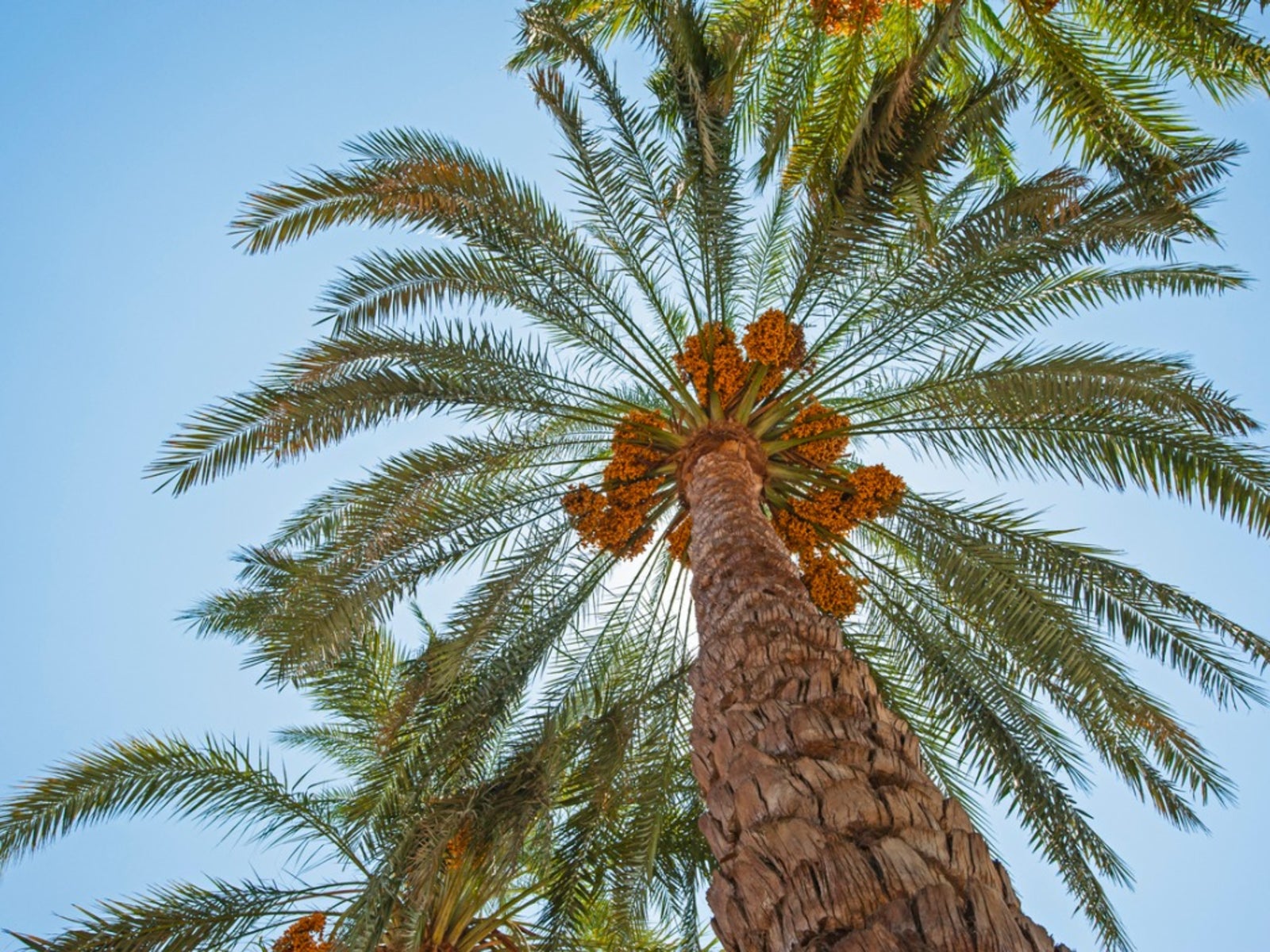 What Is Lethal Yellowing Disease: Learn About Lethal Yellowing Of Palms
What Is Lethal Yellowing Disease: Learn About Lethal Yellowing Of PalmsLethal yellowing is a tropical disease that affects several species of palm. This disfiguring disease can devastate landscapes in South Florida that rely on palms. Find out about lethal yellowing treatment and detection in this article.
By Jackie Carroll
-
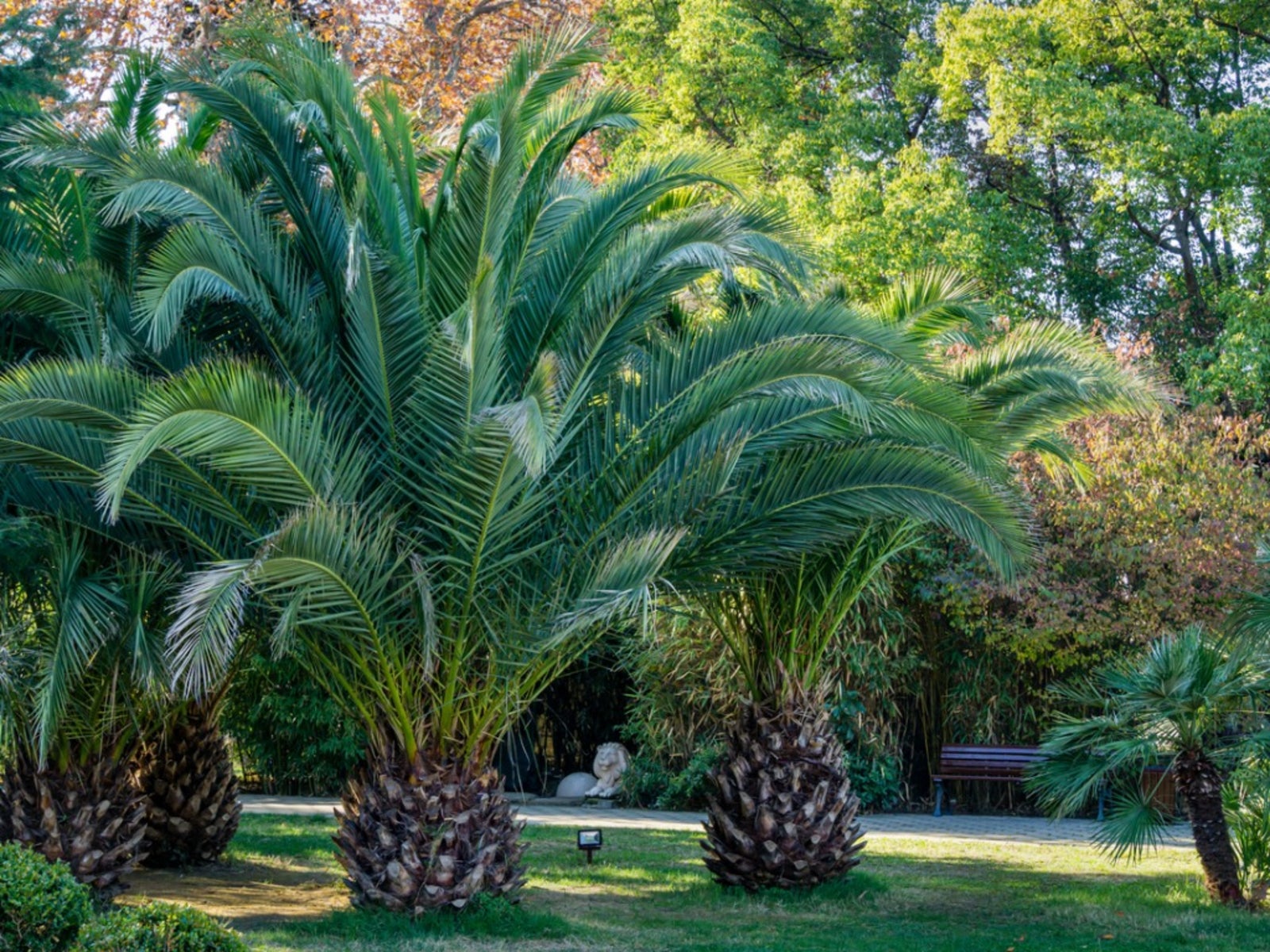 Palm Tree Fusarium Wilt: Learn About Fusarium Wilt Treatment For Palms
Palm Tree Fusarium Wilt: Learn About Fusarium Wilt Treatment For PalmsFusarium wilt is a common disease of ornamental trees and shrubs. Palm tree Fusarium wilt comes in different forms but is recognizable by similar symptoms. This article will help with its identification and treatment.
By Bonnie L. Grant